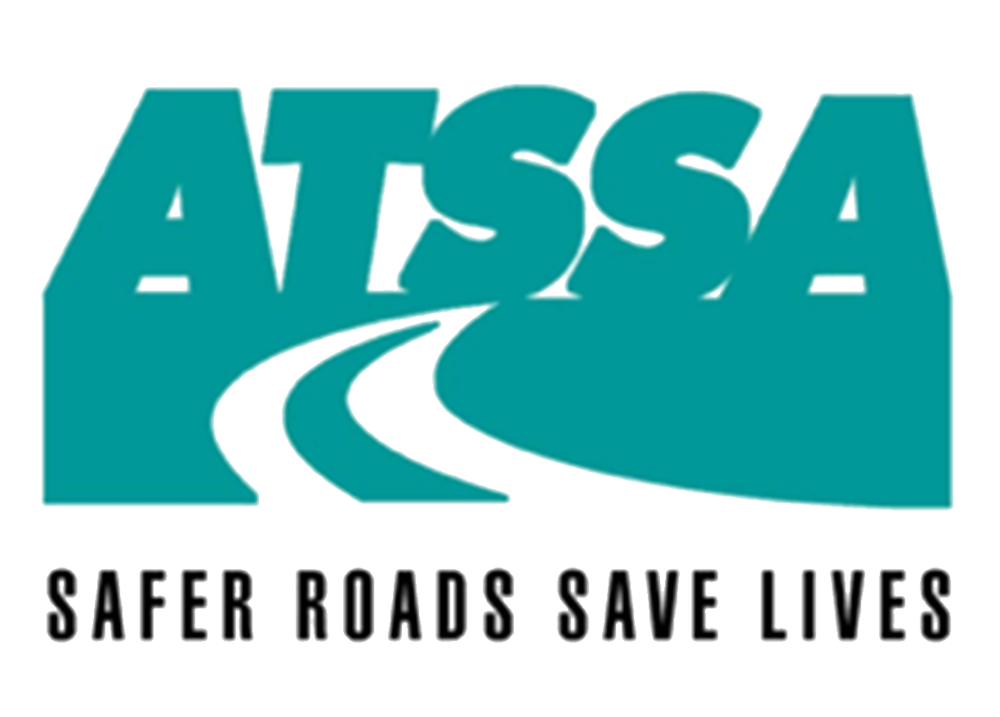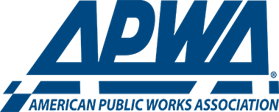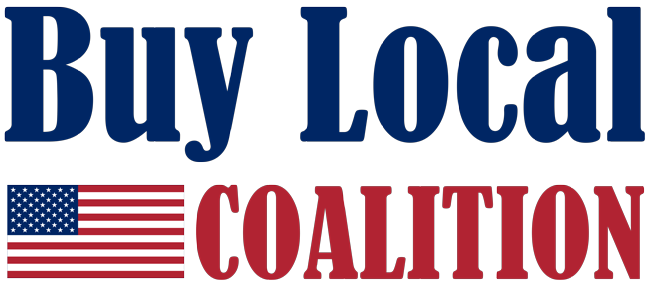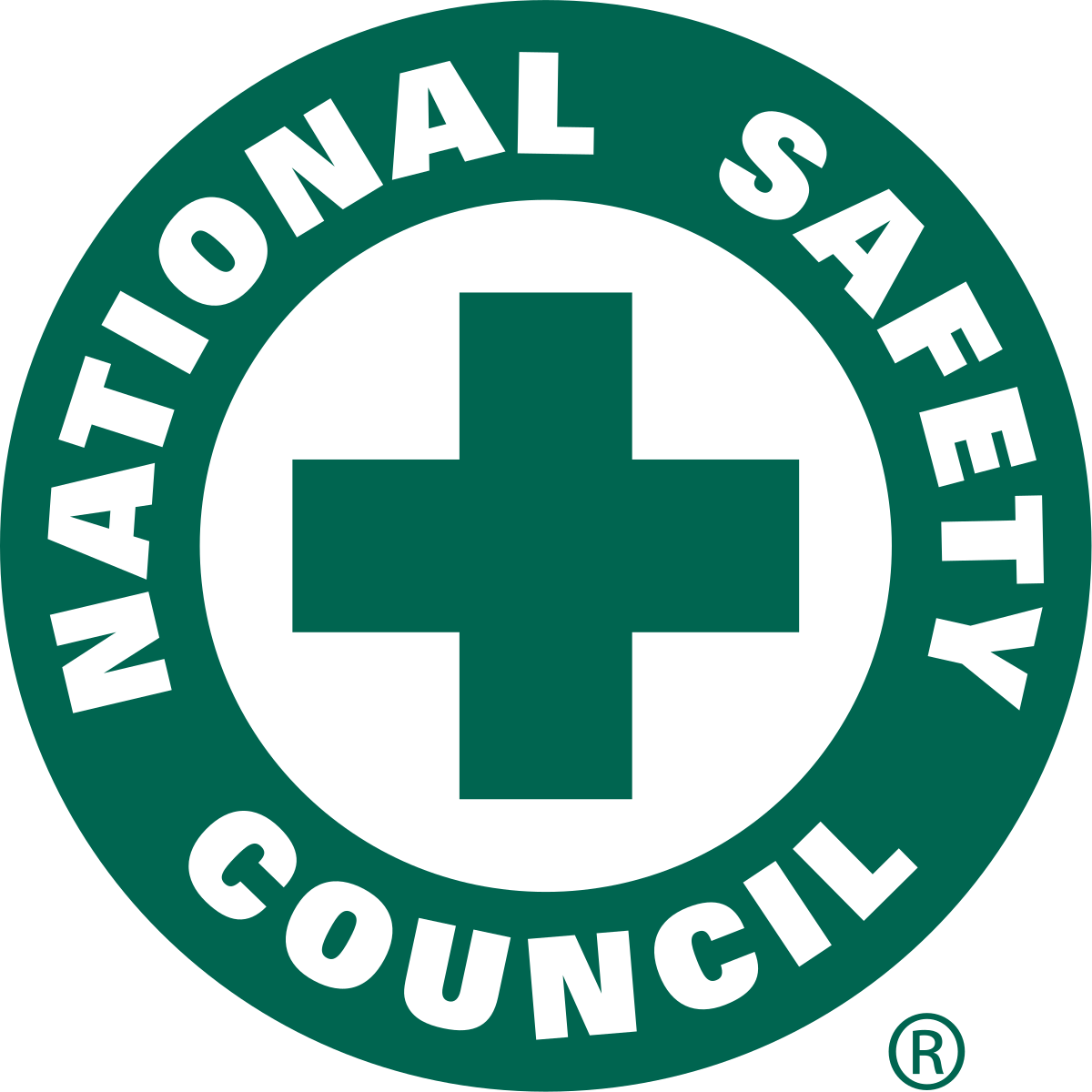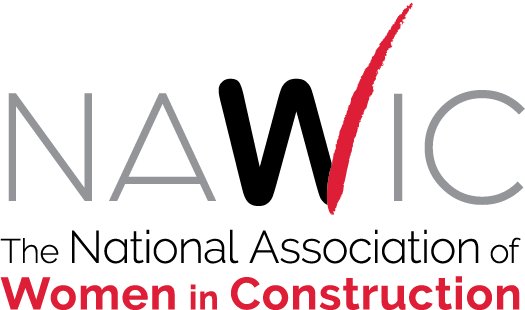Guide to Preparing for Night Construction: Advantages, Regulations and More

Having the option to do construction work at night offers your workers a myriad of safety benefits when done with the proper equipment. Your project will disrupt the schedules of fewer people in the area, and your crews will experience cooler temperatures. With these and other perks, however, there are some essential things you should know about building during the overnight hours.
Several regulations govern your construction site, including those that apply only at night. If you’ve never had your crew work at night, you’ll need to go over these rules to ensure your whole team remains compliant. Visibility and noise are two common concerns. When preparing for night construction, gear up your team with the safety equipment they need to stay visible and the knowledge they require to comply with local laws.

Buy Construction safety gear From D.E. Gemmill
Can Construction Work Be Done at Night?
The answer here is a resounding “yes.” Many types of construction are well-suited to night work, but it often calls for some changes regarding safety and setup. You may need to reorganize schedules or adjust machinery choices to suit the unique requirements associated with working under the stars.
Some considerations for whether your construction work can be done at night include:
- Lighting requirements: Many projects have tasks that are suitable to be done under work lights, but others, like intricate carpentry, require the full light of day. Stationary projects will also require different lights than mobile ones, like roadway paving. You’ll need to ensure that your nighttime lights are appropriate for the work at hand.
- Temperatures: In some areas, colder temperatures at night will make certain tasks difficult or impossible. Paving materials, for instance, require a certain temperature to set properly, which, in some locations, can only be achieved with the help of the sun. In hot areas and months, however, these cooler temperatures can be a big advantage.
- Disruptions to communities: Working on or near residential areas? Nighttime construction requires a little more care. Noise ordinances make loud construction at night a no-go. You might need to schedule work carefully and use quieter equipment to minimize noise. Another concern is glare from artificial lighting, which could disrupt the peaceful nighttime skies.
- Safety: Think about the safety risks and benefits that night construction comes with. While some tasks need daytime lighting, if your project doesn’t involve particularly dangerous work, it might be a good candidate for night construction. You’ll want to factor in the advantages of construction at night, too, like reduced traffic and lower heat that provide benefits for your workers’ safety. Weighing these safety factors with the job requirements and the environment can help you determine if nighttime construction is a good choice for your project.
- Dust: Any dust kicked up during construction can be more visible at night due to the artificial lighting. If you’ll be releasing a lot of dust, you may want to use equipment to dampen the ground or clean it regularly for better control dust at night.
- Productivity requirements: On a tight deadline? The productivity of nighttime construction is generally on par with daytime construction. While there may be more setup requirements, there is also less traffic interference in the construction zone and fewer heat concerns, like taking more breaks to cool down.
Nighttime construction can offer benefits for a wide range of projects, but you’ll have to plan accordingly.
Advantages of Nighttime Construction
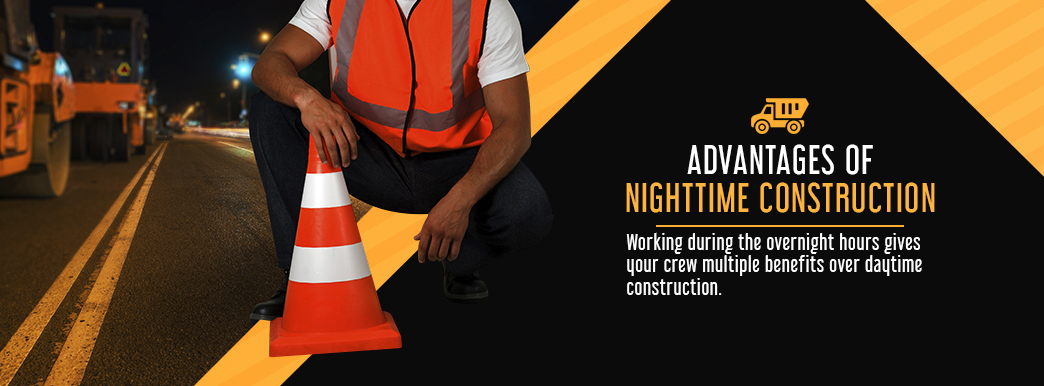
Working during the overnight hours gives your crew multiple benefits over daytime construction. They will experience more comfortable temperatures, work around lower traffic flow, have better lighting and have the chance to see their families during the day. You will only enjoy these pros of nighttime construction if you follow night construction safety rules to keep everyone on the job site protected from harm.
1. Cooler Temperatures
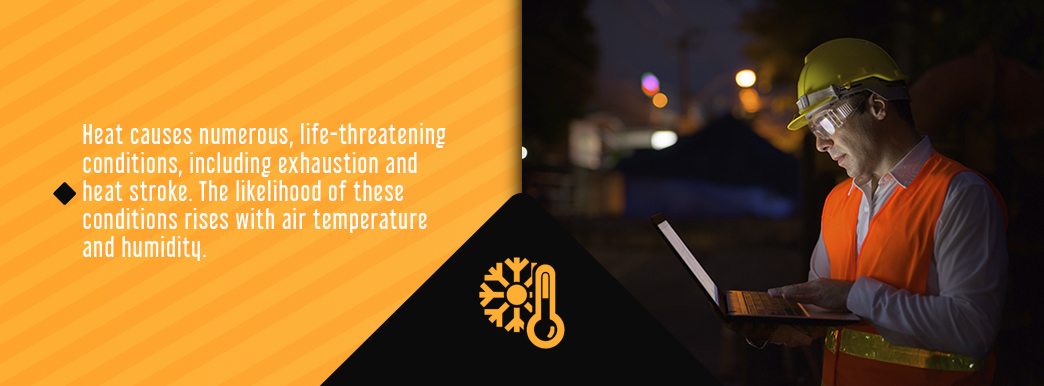
Heat causes numerous, life-threatening conditions, including exhaustion and heat stroke. The likelihood of these conditions rises with air temperature and humidity. Meteorologists combine humidity with temperature to create a “feels-like” measurement called the heat index. This measurement more accurately reflects how temperatures affect people. Any conditions with heat indices above 80 degrees Fahrenheit warrant precautions against heat-related illnesses.
While temperatures influence a worker’s chances of developing a heat-related illness, other conditions also play parts:
- Direct sunlight exposure
- High humidity
- Heavy protective gear
- Strenuous work
- Working near heat-radiating equipment
- Lack of air movement
- Workers not acclimated to the heat
These situations increase the chances of developing heat illnesses. The chances of your workers experiencing heat-related illnesses decreases as nighttime temperatures drop. They also will not experience the added stress of working in direct sunlight. Just because the sun goes down, though, your concern for heat problems should not decrease.
While the temperatures may be lower, don’t neglect the effects of strenuous labor and high humidity on workers. Remain vigilant for signs of heat-related illnesses, even at night. While the chances of workers experiencing these problems drop after dark, they don’t disappear entirely, especially when some areas of your worksite near heat-releasing equipment may be warmer than the surrounding area.
Working at night, especially during the summer when temperatures increase heat-illness risks, can make your workplace safer and help them feel more comfortable on the job. A bonus from cooler temperatures comes in the form of increased productivity from workers who don’t have to deal with the fatigue-inducing effects of high heat.
2. Reduced Traffic

When working as a part of a construction crew that must block traffic, you want to have the lowest traffic flow possible to minimize the impact on drivers and your worksite. With reduced traffic, you can also close off more lanes, increasing your workers’ safety barrier against vehicle movement.
In addition to improving the workplace for your crew, nighttime construction also makes a lower impact on area businesses that don’t operate at night. Those facilities can continue normal operations during the day, unimpeded by the construction work. At night, after the stores close, your team can start on your project. Nighttime construction projects allow you and local businesses to work side by side without disturbing each other.
3. Ability to Use Brighter Artificial Lights
During the day, your job site lighting depends on the sun and cloud cover. A single cloud covering the sun could compromise the visibility of workers on the site. When it comes to nighttime construction, you can use artificial lights that don’t have clouds obscuring them and reducing the lights’ strength.
With artificial lighting, you can choose the areas that need better illumination. By bringing multiple lights to your worksite, you will eliminate dark, shadowy areas that could present tripping hazards for workers. Unlike daytime construction, you control the amount of light your workers have at night.
When it comes to road construction, artificial lighting provides an additional safety benefit. Better lighting will make the construction site easier for drivers to see and avoid.
4. Better Scheduling for Workers
When working at night, your crew has more time during the day to attend their kids’ sports matches and school events. By making time for their families, workers can become more productive on the job site.
Workers will also experience less traffic congestion getting to and from the job site. Since they will commute at times outside traditional rush hours, they will spend less time stressed in traffic, making them more at ease and productive when they arrive.
5. Lower Costs

Despite popular beliefs that nighttime construction costs are higher, in many cases, they cost the same as or less than daytime projects. Project size factors significantly into the overall cost savings of working at night. With larger projects, costs for lighting and safety equipment for nighttime work can spread throughout the project or apply to multiple jobs, reducing the overall impact on the total construction price.
Other ways to ensure nighttime construction costs less than daytime include closing only a few lanes instead of completely shutting down a roadway and scheduling contiguous projects concurrently with different teams or consecutively with the same crew.
While you may need to increase your employees’ compensations for the job overnight, they may need to work fewer hours due to better productivity from cooler temperatures and less traffic to worry about.
Safety Tips for Construction at Night
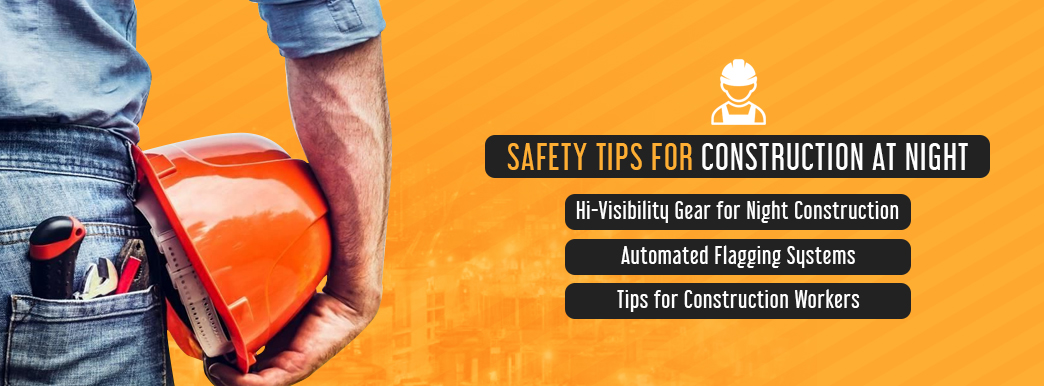
While working at night provides your team with advantages that aid productivity, you still must maintain a high level of safety for your workers. Some considerations apply to nighttime operations that do not need concern when working during the day.
In a surprising result from surveying state departments of transportation, Kentucky transportation cabinet resident engineers and highway contractors, all three groups noted night construction did not affect safety. Several factors likely contributed to this result. Workers recognized the increased hazards of nighttime construction, making them extra cautious on the job. Contractors stressed the importance of safety to workers and required additional safety gear for night employees. Only one out of 20 contractors, however, gave advanced levels of training for workers on nighttime construction projects.
Using the same methods as the survey participants can also help you keep your workers safer at night.
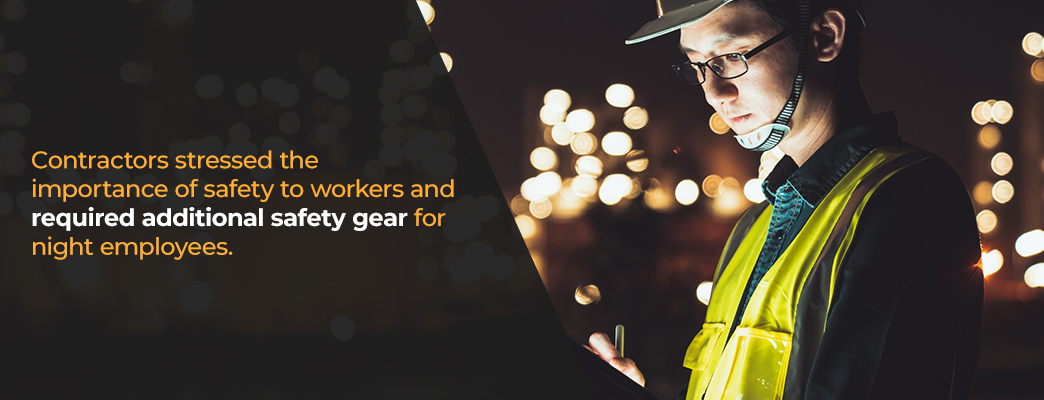
1. Hi-Visibility Gear for Night Construction
Night construction safety apparel requires more reflective gear than daytime work does. Before having your workers outfitted with safety gear, you need to know the types of reflective clothing available and which your workers can use for night construction. Safety attire has four performance classes for those who are not public safety employees — 1, 2, 3 and E. When working after dark along federal highways, your crew can only wear Performance Class 2 or 3:
- Performance Class 1: Class 1 clothing allows the person wearing it to blend into the background. This type of safety apparel does not promote visibility at night.
- Performance Class 2: The second class of safety apparel works best for workers who do not have jobs directly in the roadway. Those working along the street or highway, especially roads with slower speeds, will find the visibility of Class 2 sufficient.
- Performance Class 3: Flaggers and those in the direct traffic lanes must wear the highly reflective Class 3 safety apparel. Ideally, those in construction should all opt for the highest classification, Performance Class 3 safety apparel.
- Performance Class E: Performance Class E includes safety gear for the bottom half of the body, such as shorts and pants. This gear must accompany class 2 or 3 tops.
These classes also have increasing areas of reflective material, which explains why Performance Class 3 ranks among the best hi-vis safety gear for night construction. For example, the difference between this Class 3 vest and this Class 2 zippered vest is the inclusion of sleeves on the former to increase the wearer’s visibility.
If you have questions about the type of safety gear your crew must wear for nighttime construction, contact us. We can help you find the correct safety gear to satisfy the safety requirements of any agency.
2. Automated Flagging Systems
Automated flagger assistance devices, or AFAD, make flaggers’ jobs safer by keeping them out of traffic lanes. Using a remote control, a flagger at the beginning of the work zone or a pair located at either end of the area can operate the AFAD to move traffic away from the construction area.
You have two types of AFAD available. One uses stop and slow signs, and the other has red and yellow lights with a gate arm. Both work in the same way via remote control to caution drivers in the work zone or to stop them while you move equipment or personnel into the traffic lane.
You cannot use AFADs as a long-term traffic control solution, but these devices suffice for short-term movement of traffic when there is no more than one lane of oncoming traffic. When used at night, these AFADs require the same illumination as a flagger.
3. Tips for Construction Workers
While safety on the job ensures the health of your workers, also inform them of ways to stay well off the job. Without the right precautions, nighttime construction work can be more than twice as dangerous as work during the day. Worker fatigue may play a role.
Sleep suggestions become critical for the safety of workers who have not acclimated to working night shifts. Here’s how workers can adjust from working during the day to being members of a nighttime construction crew:
- Install light-blocking curtains in your bedroom to keep daylight out while you sleep.
- Plan for sleep several hours before you go to bed by avoiding caffeine, exercise, alcohol and mental stimulation.
- Sleep in a cool bedroom by lowering the thermostat.
- Block out noise during the day with earplugs while you sleep.
- Take a warm bath or shower before bed so your body’s temperature naturally lowers.
- Stay on a regular sleep-wake schedule, even on your days off.
- Pair up on the job with a buddy who will keep you awake and watch for signs of fatigue, as you do for them.
- Take breaks at work when you feel tired to avoid accidents.
Pennsylvania Regulations for Nighttime Construction
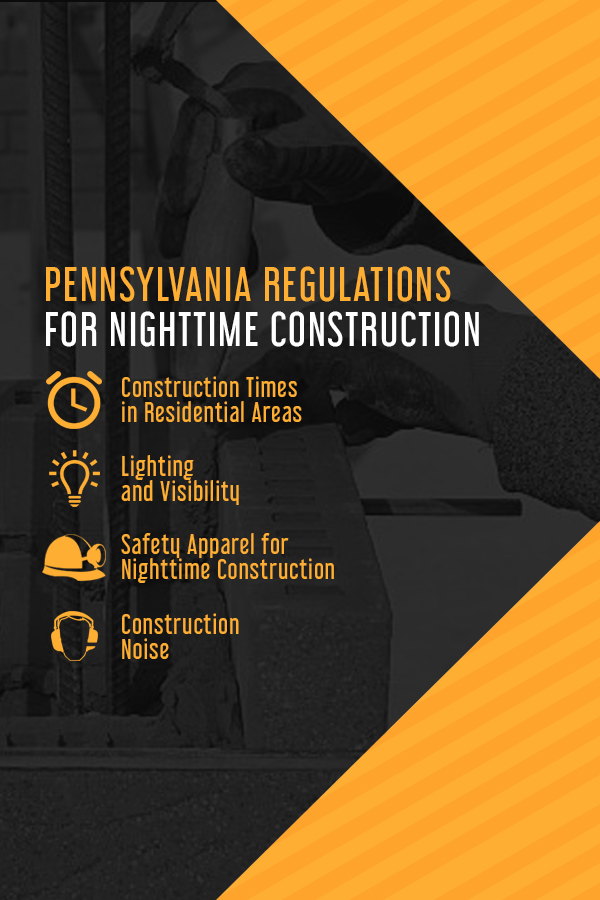
Regulations for nighttime construction have a shared basis in OSHA and MUTCD — Manual on Uniform Traffic Control Devices. These national standards, along with municipal regulations, combine to create local PA nighttime construction requirements. Always check with the area where you work to verify construction times and noise limits, which depend on local ordinances and not state laws.
1. Construction Times in Residential Areas
When it comes to construction times in residential areas, the location of your work site matters. Cities and towns each have different codes governing when construction can begin and end. You must check with the city’s specific ordinances regarding start and end times. These may differ in cities across the state. You can find local laws on each city’s website.
2. Lighting and Visibility
Lighting and visibility rules for nighttime construction come from OSHA safety and health regulations and MUTCD rules. When creating a nighttime work zone, be sure to have plenty of bright lights around. You want to reduce the number of dark spots to reduce tripping on the job site. While lighting helps the workers see and have others see them, never have lights directed at oncoming traffic. The glare from such a light could cause a wreck, putting your crew at risk of a vehicle hitting them in the work zone.
Bringing enough light onto the job site will help workers see and keep them safer. However, your crew also must be visible to drivers and other workers in the area to prevent accidents. Their clothing plays a critical role in how well others can see them on the job.
3. Safety Apparel for Nighttime Construction
In Pennsylvania, OSHA and MUTCD regulations take the form of requiring flaggers to have Class 3 safety gear in addition to having constant illumination. The more reflective clothing helps protect flaggers and those who move traffic barriers or signs into place from vehicles.
When choosing safety apparel, consider yellow-green instead of orange to distinguish workers from construction barrels or other equipment. Workers must wear either of these colors when on the construction site, day or night.
While only those in a traffic lane must have Class 3 reflective gear, this highly visible clothing is the best option for all members of your night construction crew. It’s always best to err on the side of caution when it comes to assigning safety factors. However, those who do not go into the lanes of traffic may wear Class 2 safety gear or pair a Class 2 top with a Class E bottom to create a Class 3 equivalent ensemble.
4. Construction Noise
Construction noise level requirements depend on where you work. Cities have different ordinances governing noise for residential areas, highways, daytime and nighttime construction projects.
For example, the Bensalem municipal code prohibits construction between 10 p.m. and 7 a.m. Sound emitting into a residential area from a commercial area cannot exceed 60 dBA at night or 70 dBA during the day. If adjacent to a commercial or industrial area, the highway zone can reach 70 dBA, day or night. Such municipal codes can vary among cities, but you will likely face some type of regulations governing your construction site noise.
Addressing Construction Noise
First, to prevent problems, carefully go over the ordinances for your city. See whether you need a noise permit for your construction project from the city and the decibel levels you must stay below. Then, look for ways to mitigate the noise your construction site makes.
If you know how to deal with construction noise before it gets out of hand, you’ll avoid neighbor complaints and city fines. Here are some additional tips for reducing noise on your job site.
- Refrain from idling vehicles.
- Choose self-adjusting or manually adjusting backup alarms or use a spotter.
- Install rubber gaskets on truck tailgates.
- Use exhaust mufflers on jackhammers.
- Create paths to maximize the distance of noise-making equipment from the surrounding area.
- Install noise barriers or enclosures, which can reduce the dBA by 10 to 20 units.
Area residents can read about their local noise ordinances and find forms online to file a complaint with the city if they think a construction site reaches too high a noise level at night. Since cities differ in how they handle noise complaints, residents must know their local municipal codes.
Residents who file a complaint may learn more information about how long the construction will last, if the city has approved the project. Residents may not be aware of approved construction in some cities, and contacting the city can give those in the surrounding area information about the project’s length while letting the city know of noise.
shop d.e. gemmill’s traffic control products
Preparing for Construction at Night
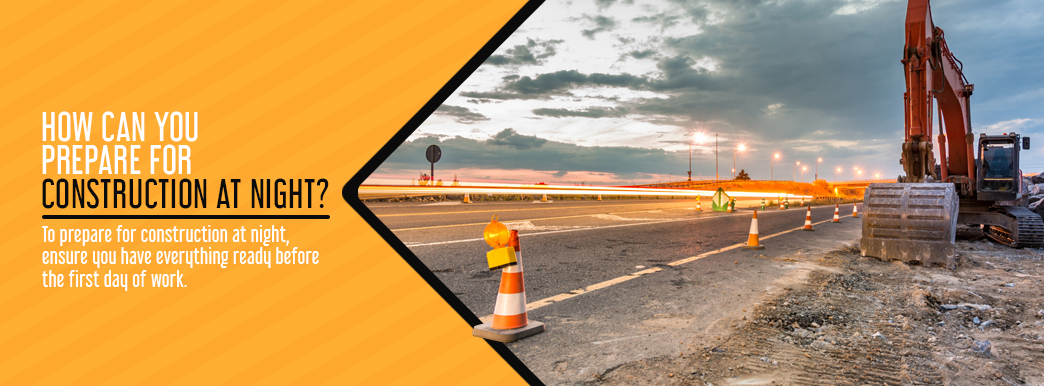
To prepare for construction at night, ensure you have everything ready before the first day of work:
- Check nighttime construction PA laws and city codes.
- File for permits, if needed.
- Invest in adequate lighting.
- Consider purchasing automated flagger assistance devices to keep your flaggers out of traffic.
- Outfit your crew with the appropriate safety gear of the right class for their job.
- Install barriers to prevent noise pollution and to keep people out of the construction area.
- Train your crew on what dangers they need to look for when working at night.
- Educate workers on healthy sleeping habits to prevent on-site fatigue.
By following these tips, your work crew will enjoy the benefits of working at night, which could make them more productive and help you finish the project on time.
Embrace Nighttime Construction
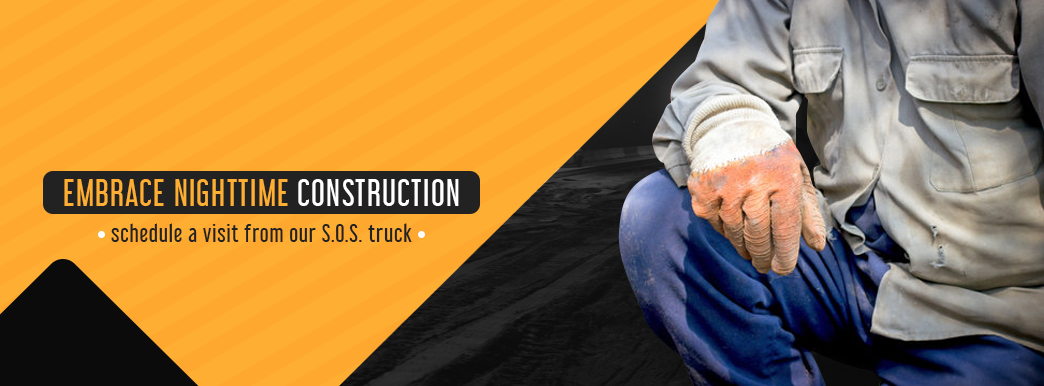
When your crew has the right equipment, you don’t need to worry about nighttime construction. From traffic barriers and signs to safety apparel for nighttime construction, you will need to prepare your crews for work after dark with new tools to keep them safe. At D.E. Gemmill Inc., we have been in the business of providing construction crews with the materials they need to stay safe and keep traffic at bay. We have numerous options, including contracting services, clothing and our S.O.S. truck.
Our contracting services include traffic barriers and signs to establish a work zone around your site, whether you work during the day or after dark. If you already own signs that don’t offer the visibility your crews need, ask about our retroreflectivity to convert your signage into pieces that adhere to Manual on Uniform Traffic Control Devices regulations.
Visibility and lighting are the two most common concerns when it comes to working at night. To ensure your crew has the safety gear it needs so everyone stays visible in low-light situations, browse our collection of hi-visibility gear for night construction.
If you need to give your workers a choice of their clothing, schedule a visit from our S.O.S. truck to your workplace. The truck will bring safety apparel, personal protective gear and work boots, allowing your employees to select the equipment they prefer to keep them safer while working at night.
Working overnight reduces the hazards of traffic and heat, but you need to prepare your site and employees for the experience with a full line of safety equipment and gear for the worksite. Let us at D.E. Gemmill Inc. help you get the high-visibility signs, safety gear and more you need for a safe working experience.
If you have questions about the type of safety gear your crew must wear for nighttime construction, contact us. We can help you find the correct safety gear to satisfy the safety requirements of any agency.

